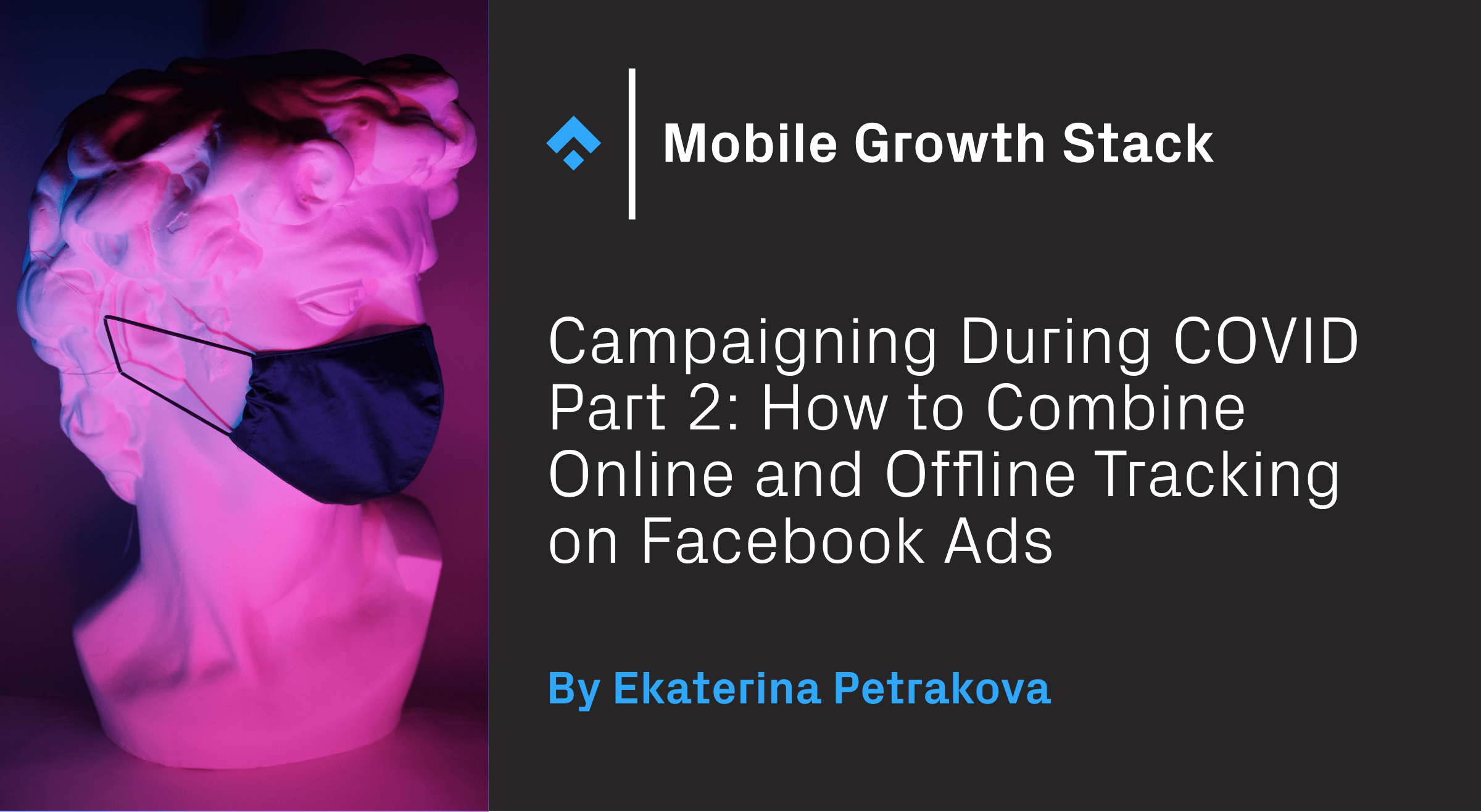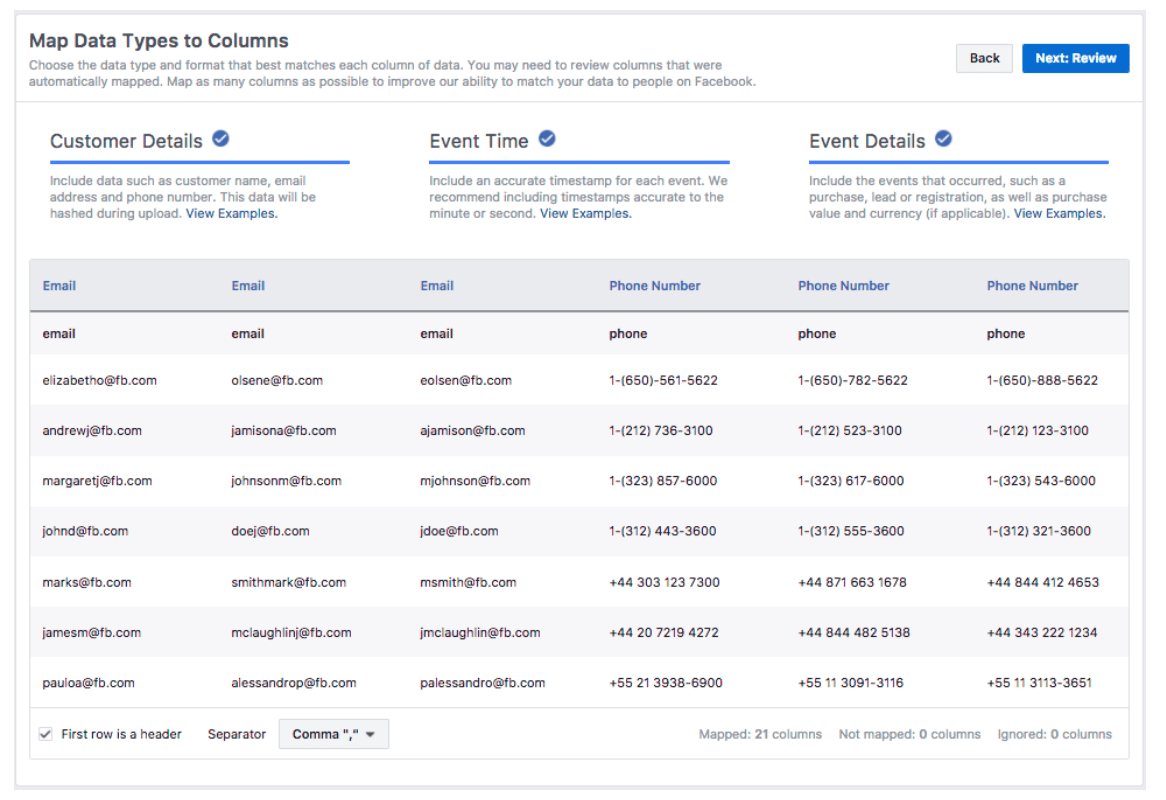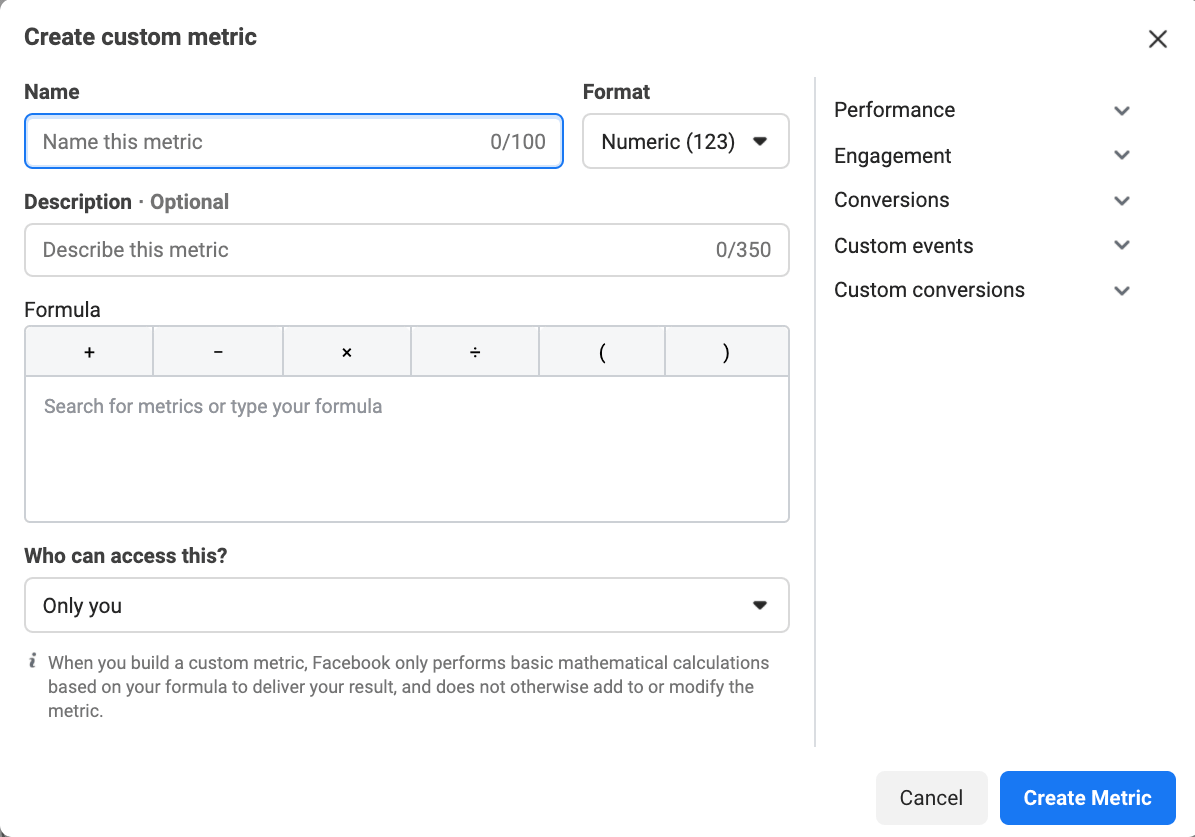
Editor’s note: This is a guest post from Ekaterina Petrakova, customer growth lead at Ace & Tate, and former marketing lead at Rocket Internet. In her free time, she supports the AHEAD program of Fraunhofer Ventures in their marketing activities.
This part is part two of a two-part series about running marketing campaigns during COVID-19. Look back to February 9th, for the first installment from Ekaterina ‘Campaigning During COVID Part 1: Addressing the Core Challenges.’
In the wake of COVID-19, we’ve seen a surge in tech-adoption. Audiences that were once reticent to use digital tools, like seniors or local audiences, are now logging on and participating. This is an exciting development, but it’s too simple to say that everything is now digital. As we discussed in part one of this series, mobile marketers shouldn’t ignore the offline conversions still available. In fact, for many businesses, offline conversions are just as or more important.
Still, data gathering can be challenging even with only one channel. So when it comes to the combination of online and offline channels, the process becomes trickier and the methods needed a bit more sophisticated. For this reason, it may be valuable to explore some ideas and hacks you may have overlooked. At this point, most of us are using Facebook Ads, so let’s explore this channel using a hypothetical example of an orchestra, let’s call it the ‘Growth Philharmonic.’
In our case, the Growth Philharmonic has a combination of online and offline efforts including a website, app, and physical location.
Key Online & Offline Conversion Events for the Growth Philharmonic
The app and website offer the same product/service, in this case, an ‘online concert hall’ and key conversion events include registering, log-in, views, category views, booking, purchasing, and attendance,
The physical location is where in-person concerts take place and key conversion rates could include attendance and gift store purchases.
Look at the example of Facebook ads for Growth Philharmonic
Sure, you could use Facebook ads with very little technical knowledge. However, the results may be unsatisfactory especially considering our larger context where COVID-19 restrictions like lockdowns cause frequent changes in consumer behavior. Now more than ever, novel approaches in creating a clean and efficient data flow can make a big difference.
Below you can find some of the most important categories in order to get the most out of the Facebook campaigns which combine online and offline conversion events.
1. The Essentials of Offline to Online Data
First of all, GDPR should be top of mind for anyone working with data, especially offline and that’s true of our made-up company: Growth Philharmonic. Here are some security steps their marketing team will take
- Meeting with their legal department to ensure proper procedure including any necessary supporting documents or consent steps. They know it’s better for the company and the consumer to do this foundational data security work.
- After the topic of user-consent is cleared out, they make sure that the data which the company passes to tools has all the PII (personally identifiable information) hashed.
After the legal work has been done, the next steps for the marketing team will be…
- To define all possible offline conversions: Including concert attendance and gift store purchases. When applicable, they will input a variety of online and offline events. Either way, they do this by creating events within Facebook ads to better understand their data and hopefully increase conversions on the other end.

FB offline event upload: manual via .csv file upload

FB offline event upload: mapping, Images source
2. Combining Several Conversion Under One Name
Since there’s more than one offline conversion type they could combine all these offline conversions under one name and assign different values to each type in order to prioritize. If you already know your customer and have additional insights you can assign a value in proportion to the conversion.

Image 4: FB Store Traffic Campaign creation
- Option 1, Proportional Values: Since customers are more likely to go to a concert than make a purchase in the gift shop, the marketing team can assign a double value to an attendance of a concert vs a purchase.
- Option 2, Monetary Values: Another option is to assign value by the ticket price versus the basket price of their gift store purchase.
- Option 3, Separate Events: In some cases, the Growth Philharmonic marketing team may want to create a separate event for each conversion. Either way, their researcher can track these signals for more precise takeaways.
3. Exclusions and Lookalikes
Because an up-to-date and frequent update of the data is critical when it comes to offline events on Facebook, (especially considering the tracking changes that just came with iOS14) it makes sense to create a schedule of offline conversion upload—Ideally on a daily basis. As with most projects, more data usually brings better results, therefore for this project it makes sense to ensure that values like price and basket size are attached to every event when possible.
- Exclusions: Exclusions are key. They clean up the data flow, targeting and making sure that one does not annoy its audience with irrelevant messages. Like when the Growth Philharmonic has a concert series. In this case, it makes sense to exclude last week’s attendees from the ad set as it’s unlikely people would attend the same concert twice in two weeks.
- A value-based audience is the goal: Ensuring an efficient data flow from the offline activities including the values attached to each of the events helps Facebook to identify the right customers. In the case of the Growth Philharmonic, value-based custom audiences will deliver much better results compared to regular ones, so it makes sense to use them as a basis for lookalike audiences as well.
4. Optimizing Towards Online-Offline Synergy
Of course, unlike our make-believe orchestra, your app may be optimizing towards online events, like in-app purchases, rather than in-person events. Even in this case, you can use the basis of the above suggestions to aid your efforts.
- Pay special attention to the events at the end of your funnel (ticket booking, ticket purchase, concert) for info gathering.
- Combine several events into a single KPI to represent more than one event and allow optimization with respect to additional KPIs. Smartly and FB business manager are among the tools that can help you do this.

Image 5: FB Create Custom Metric
Closing Thoughts
We saw the Growth Philharmonic through a hypothetical Facebook ad set up and now you want to start thinking about how you can implement these learnings in your own mobile growth activities. The goal to keep in mind is that you want to get to a place ‘online-offline synergy’ where what you learn from one informs the other.
Remember, that users are dynamic creatures, you could be missing out on important conversions by excluding offline data/actions (even for an audience of digital natives). Though most of us always have our phones on us, we still receive messages offline—sometimes those can be the most powerful. Keep an open mind and if you don’t know—experiment!
Table of Contents















